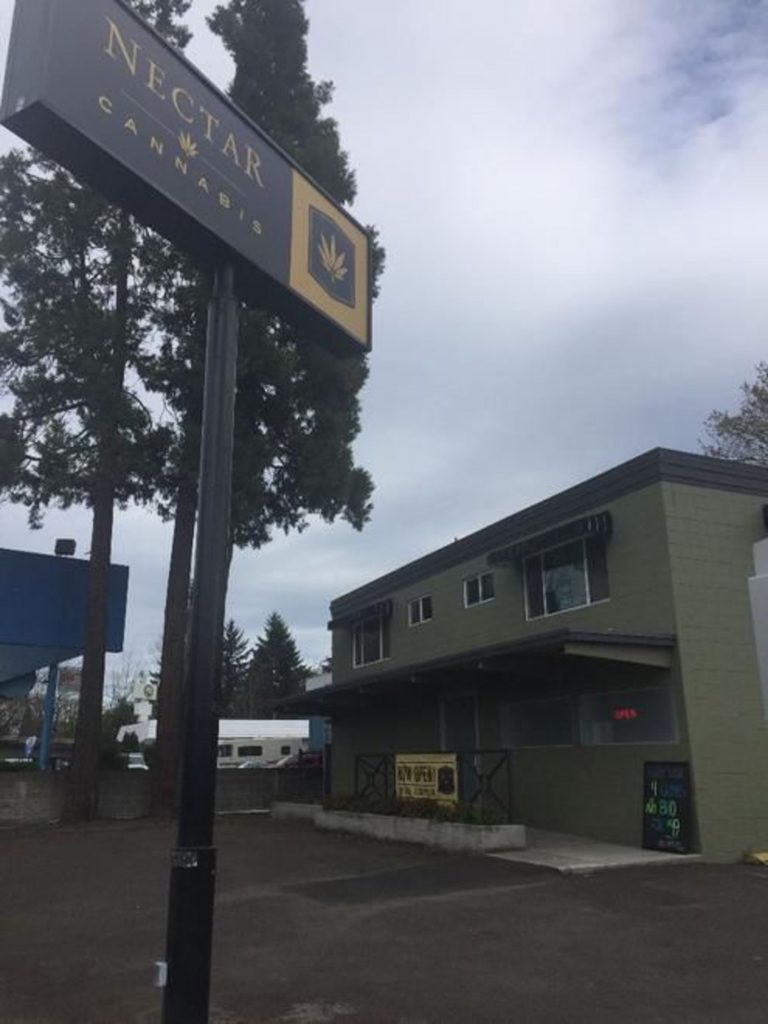
She described the atmosphere inside the store as “beautiful. “I was really excited about that,” said Fleming, who uses the drug for medicinal purposes. That first buyer, Davia Fleming of Portland, said the sales launch was important.

“It looks like there is about 60-70 in line out front,” he said in a telephone interview shortly after midnight. Some of the more than 250 dispensaries that already offer medical marijuana in Oregon opened their doors soon after midnight – just moments after it became legal to sell to anyone who is at least 21.Īt Portland’s Shango Premium Cannabis, co-founder Shane McKee said the first sale to an excited customer came about a minute after midnight, with many others waiting. (AP) – Oregon marijuana shops began selling marijuana Thursday for the first time to recreational users, marking a big day for the budding pot industry. Therefore, the consumption of any plant tissues growing on RDX-contaminated sites should be considered a potential health hazard.PORTLAND, Ore. Although RDX is not a listed carcinogen, several of its potentially present degradation products are carcinogens. The compound RDX was found in the tops and roots of plants growing on RDX-contaminated soils at all surveyed sites. However, soil and plant roots may contain TNT degradation products that may be toxic hence, their consumption is not advised. The compound TNT was not detected in the aboveground portion of plants, and vegetation growing more » on TNT-contaminated soils is not considered a health hazard. Standard methods were used to determine the concentrations of explosives, their derivatives, and metabolites in the soil samples. To determine explosives uptake under natural environmental conditions, existing plant materials and soil from the root zone were sampled at different locations in each area, and plant materials were separated by species. This study examines the uptake of explosives by existing vegetation growing in soils contaminated with 2,4,6-trinitrotoluene (TNT) and 1,3,5-trinitro-3,5-triazine (RDX) in three areas at the Iowa Army Ammunition Plant (IAAP). This study presents a simple, relatively inexpensive methodology for assessing toxicity of soils containing TNT, RDX, and other contaminants related to munitions production. Lowest-observable-effect concentrations (LOEC) of TNT were determined from these data.

chemical concentrations showed that TNT and TNB accounted for most off the soil toxicity. Linear regressions of toxicity test results vs.

However, some soils void of munitions still showed toxicity that may have been caused by elevated levels of heavy metals.

All soils with no significant toxicity were void of these chemicals. Chemical residues found in soils were 2,4,6-trinitrotoluene (TNT) 1,3,5-trinitrobenzene (TNB) 2,4-dinitrotoluene (2,4-DNT) 2,6-dinitrotoluene 2-amino-4,6-DNT 4-amino-2,6-DNT 1,3,5-trinitro-1,3,5-triazine (RDX) and octahydro-1,3,5,7-tetranitro-1,3,5,7-tetrazocine (HMX). Soil that had significant toxicity according to at least one test, and representative samples showing no toxicity, were analyzed for munitions via HPLC. Samples were designated as having high, moderate, or no significant toxicity. Relative toxicity of soils was determined within each area based on statistical significant (p = 0.05) more » of plant and earthworm growth and survival, and the effective concentration at which luminescence of the bacterium Photobacterium phosphoreum was reduced by 50% (EC50) in the Microtox assay.


 0 kommentar(er)
0 kommentar(er)
